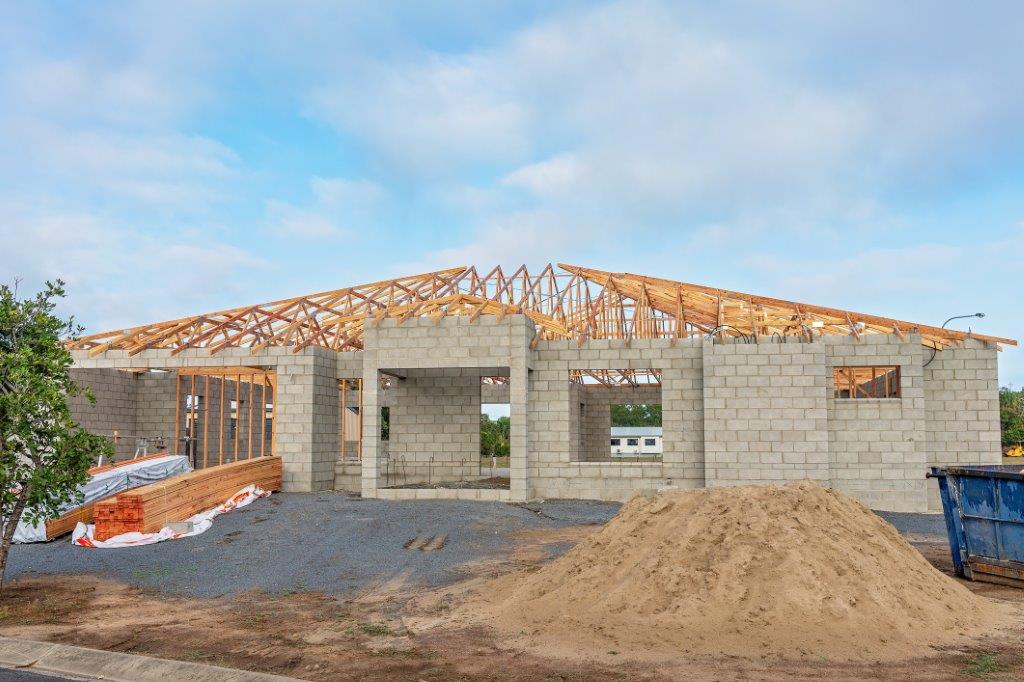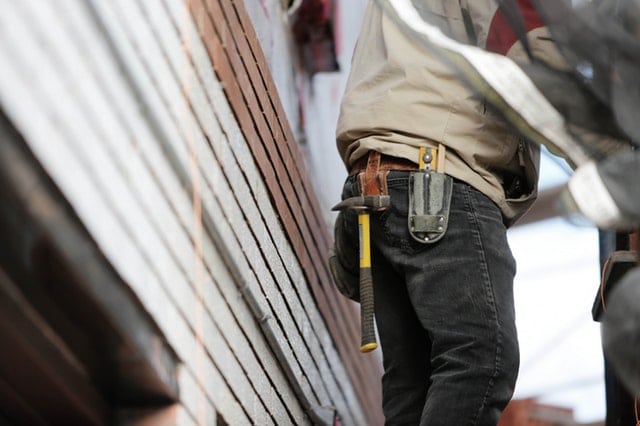The Tale of an Unprepared Owner Builder
Like many couples, Mr & Mrs. Ascott wanted to build their dream home.
They weren’t extremely wealthy but they had a bit of cash they could redraw from their loan. They had bought their home 10 years ago and it had appreciated in value significantly.
Given the economic climate, they didn’t think it would be a problem for their Bank to lend them more and they were also confident that the property would increase in value as they improved it. Unfortunately, they made these assumptions without speaking to their lenders and ensuring all paperwork and loans were in place.
They had their plans drawn up by an architect, got their permits and had the plans approved and were ready to go.
Mr Ascott was in the building industry so he knew what he was doing and didn’t bother to go and formally cost his job. He felt he had a fair idea and could keep a handle on it all as they went along.
The land was excavated and the slab was poured and all this was paid from the funds in their redraw account. Mr & Mrs. Ascott could see that their funds were not going to stretch too much further so they went to their Bank and asked for an increase to build their house.
“Sure”, their banker said, “we can help, do you have a copy of your fixed price contract?” “What! You’re owner building! Sorry, we can’t help.
Mr & Mrs. Ascott were a little concerned but were reassured by a number of other people they knew who were owner building. They spoke to a broker who could arrange owner builder finance and they submitted their application.
Mr & Mrs. Ascott continued to build using up their available funds, they were in a hurry to get into their dream home. After much deliberation, the lender said: “sorry, we’d love to help, but based on the information you provided we cannot approve your loan.” Mr & Mrs. Ascott were both self-employed and had difficulty obtaining satisfactory financial information. At this stage the clients had ordered the framing timber.
The Ascott’s were getting worried, what would happen if they couldn’t obtain the finance to complete the house. They couldn’t sell the house. Their broker had heard of another lender who might be able to help, they did “low doc” lending and would also consider owner builders.
They sent in their application and the lender approved their loan “in principle” subject to a satisfactory valuation. Great the clients thought, the loan’s approved we can continue building. The money should be available soon. The frame was erected and the trusses ordered
The lender had advised the clients “don’t start building until the loan has been formally approved, we still need your plans and costings and the valuation has to be done”. “Well, we have already started building and need the money now” the clients advised. Surely it wouldn’t take long to get a valuation and have the loan approved we’ll keep building, we can’t stop now or we won’t be able to get the trades back, the clients thought.
Before the lender could order a valuation they needed the clients’ full costings, they gave the client the format in which they wanted this information presented. The clients hadn’t actually costed out their job so now they had to get quotes from plumbers, electricians, etc for all the work left to do, this took a couple of weeks and the trades were all very busy and took time to get back to them.
The clients sent their completed costings to the lender who took one look and said “this is going to cost a lot more than you originally told us, we won’t be able to lend you enough” So the clients had to go back and reduce their costs, getting cheaper quotes and mum and dad also chipped in with some money to help.
By this stage things were getting tense in the Ascott household, their finances were rapidly dwindling and they were arguing a lot. They were also putting the pressure on their broker and the lender who was feeling the stress.
Finally, the valuation was done and the lender approved the loan, not after a time frame of about ten days, the valuer needs time to visit the property, do his research and find comparative sales. The lender needs time to process the application and do their due diligence. All was looking good now and the Ascot’s had their trusses erected. “The money won’t be long now thank goodness, we’ve run out and the tradies are screaming to be paid”, said the clients and ordered the bricks and the roofing.
New documents were sent, signed by the clients and received back by the lender, all was set for settlement.
Finally, the day came when Mr & Mrs. Keen’s loan settled, “where’s our money” they said to the lender. “This loan is a construction loan, we already explained that it is progressively paid and the valuer has come out regularly to check your progress, send in the claim and we will get the valuer to go back out”. The Keen’s progress claim was paid but not until the valuer had gone back out and confirmed the work and the lender processed the claim, this took a couple of days.
The Ascott’s eventually finished their dream home but by the end of it they were so stressed and unhappy that they separated and sold the house was sold.
The moral of this story is to always do your homework and speak to your bank first. Don’t assume because you have been a good client for 20 years that your bank can help. Many banks don’t like to lend to owner builders and if they do it’s usually around 50-60% of the land plus costs which is often not enough.
Avoid all the stress and get your finance organized before you start. Speak to Intellichoice first.






